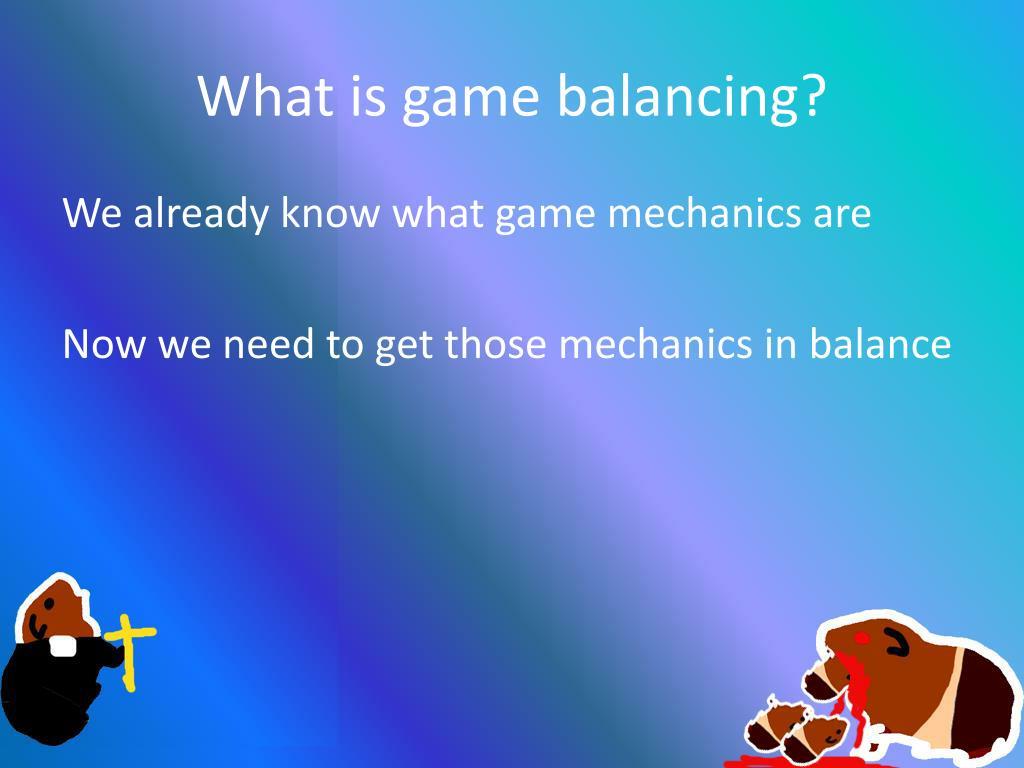Balancing Realism and Fun in Game Mechanics
Creating a compelling video game often boils down to an essential balancing act: realism versus fun. While realistic game mechanics can immerse players and evoke emotions, too much realism may overwhelm or bore the player. Conversely, focusing solely on fun and arcade-style mechanics might sacrifice immersion and authenticity. In this article, we will explore how game developers can effectively balance realism and fun to craft engaging gameplay experiences that appeal to diverse audiences and stand out in the competitive gaming industry.
Why Balancing Realism and Fun Matters in Game Design
Game mechanics are the rules and systems that shape player interactions and experiences. When well-balanced, these mechanics enhance immersion, challenge, and enjoyment. Here’s why the balance between realism and fun is critical:
- Player Engagement: Realistic mechanics can hook players by creating believable worlds, while fun mechanics keep them entertained and coming back.
- Accessibility: Pure realism can alienate casual gamers; fun elements create approachable gameplay for different skill levels.
- Game Identity: The balance defines the tone and personality of the game, distinguishing it in the market.
- Replayability: Fun mechanics increase replay value, but realism ensures the experience feels meaningful and rewarding.
Key Components of Realistic and Fun Game Mechanics
Understanding the core components of both realism and fun helps developers strike the right harmony.
| Aspect | Realism | Fun |
|---|---|---|
| Physics | Accurate gravity, inertia, lifelike object interactions | Exaggerated effects, arcade-style movements, ease of control |
| Character Behavior | AI with realistic decision-making and responses | Predictable/enjoyable patterns to foster player mastery |
| Resource Management | Strict survival elements, realistic inventory limits | Simplified inventory, rewarding pickups, power-ups |
| Combat Systems | Timed attacks, realistic damage modeling | Fast-paced combos, visual flair, satisfying feedback |
| User Interface | Minimal abstraction, data-rich HUDs | Intuitive menus, clear indicators, visual cues |
Benefits of Balancing Realism and Fun in Game Mechanics
Successfully integrating realistic and fun mechanics offers several advantages:
- Enhanced Immersion: Players feel like part of a believable world without sacrificing enjoyment.
- Broader Appeal: Appeals to both hardcore simulation fans and casual gamers.
- Increased Retention: Balanced gameplay reduces frustration and boredom, encouraging longer play sessions.
- Creative Freedom: Developers can experiment with mechanics that push genre boundaries.
Practical Tips for Balancing Realism and Fun
Game designers can use the following strategies to find the sweet spot between authenticity and enjoyment.
1. Define Your Core Audience
Know who your primary players are. Simulation enthusiasts may tolerate higher realism, while casual gamers prioritize accessibility.
2. Prioritize Gameplay Flow
Ensure mechanics don’t disrupt momentum. For example, if realistic injury simulation slows combat pacing, consider streamlining or abstracting it.
3. Use Realism to Support, Not Hinder Engagement
Realistic mechanics should deepen the experience, not frustrate the player. Balance difficulty and complexity accordingly.
4. Incorporate Adjustable Settings
Offer difficulty levels or toggles to adjust realism aspects (e.g., dynamic weather, stamina systems) for different preferences.
5. Focus on Feedback and Responsiveness
Fun mechanics often succeed due to satisfying feedback: visual effects, sound, and responsive controls improve player gratification.
6. Playtest Extensively
Gather player feedback to identify if realism enhances or detracts from fun, then iterate accordingly.
Case Studies: Successful Balances of Realism and Fun
1. The Witcher 3: Wild Hunt
This action RPG integrates realistic swordplay, alchemy, and monster ecology but streamlines inventory and combat to keep gameplay fluid and enjoyable.
2. Rocket League
While based on realistic physics, Rocket League exaggerates car movements and ball dynamics to create an arcade-style, exhilarating experience.
3. Microsoft Flight Simulator
Known for ultra-realistic flight dynamics and world rendering, it balances fun with adjustable realism levels to accommodate newcomers and expert pilots.
First-Hand Experience: Balancing Mechanics in Indie Game Development
As an indie developer, I learned that overloading a game with too many realistic simulation elements risks alienating players. During the development of an action-survival game prototype, I initially included complex hydration and body temperature mechanics. Early testers found these systems tedious rather than engaging.
After simplifying these elements into easy-to-understand meters with distinct warnings and decreasing the penalties severity, players reported a more fun and immersive experience. This iterative process proved that balancing realism with fun requires flexibility and responsiveness to player feedback.
Summary Table: Balancing Game Mechanics Checklist
| Checklist Item | Action | Goal |
|---|---|---|
| Identify target audience | Research player preferences & habits | Design mechanics that resonate |
| Optimize gameplay flow | Streamline complex mechanics | Maintain pacing and engagement |
| Adjust realism settings | Enable toggles for difficulty | Accommodate different player skills |
| Gather player feedback | Conduct playtests and surveys | Identify pain points & preferences |
| Iterate and balance | Refine mechanics post-feedback | Achieve harmony between fun & realism |
Conclusion
Balancing realism and fun in game mechanics is a nuanced, ongoing challenge that defines successful game development. By carefully blending authentic, immersive features with engaging, accessible gameplay, developers create experiences that delight a broad audience. Whether you’re building a hyper-realistic simulator or an action-packed arcade game, prioritizing player enjoyment while respecting realism’s role will enhance immersion, retention, and overall satisfaction.
Keep your players at the heart of the design process, embrace playtesting, and be willing to adjust mechanics to find the optimal balance between realism and fun. This approach ensures your game will not only be believable but, most importantly, irresistibly enjoyable.









